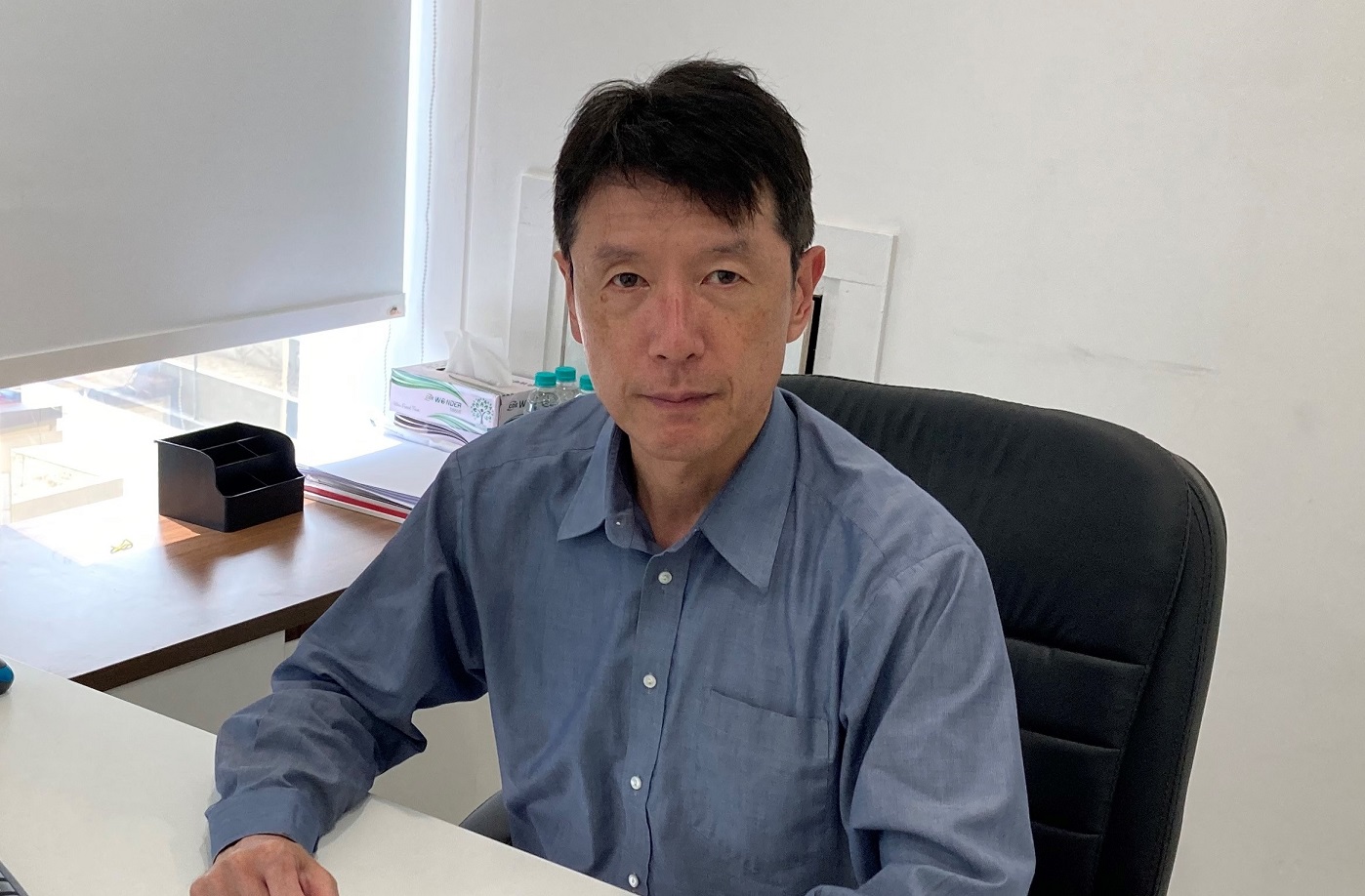Emergence of VRF systems as a viable HVAC option
Naohiko Hosokawa Director & Business Unit Head - Living Environment Division ,Mitsubishi Electric India Over the years, technological advancement has affected different segments and industries. Including the HVAC industry, traditional HVAC systems have now been replaced by AI-based fully automated HVAC technologies. Since the global HVAC system market is expected to grow manifolds by 2025,

Naohiko Hosokawa
Director & Business Unit Head - Living Environment Division ,Mitsubishi Electric India
Over the years, technological advancement has affected different segments and industries. Including the HVAC industry, traditional HVAC systems have now been replaced by AI-based fully automated HVAC technologies. Since the global HVAC system market is expected to grow manifolds by 2025, the focus is majorly drifting towards sustainability, comfort, energy efficiency and customisation.
Conceptualised and engineered for commercial usage, HVAC is a system that cleanses the air and delivers cool or warm air based on the requirements. It is important to understand the principle that go behind various technologies before making a purchase decision, especially when it comes to building an efficient, high-quality HVAC system for an establishment. One of the most significant air conditioning developments in the past years has been Variable Refrigerant Flow (VRF), a type of HVAC technology. VRF started as a niche product suitable only for compact and less spacious buildings and eventually came up to be the most valuable innovation in the HVAC market which is becoming a satisfactory solution for almost every commercial building these days.
How does it work?
One outdoor condensing unit and multiple indoor units are used in VRF systems. The ability of the system to control the amount of refrigerant that flows to the different indoor units is referred to as variable refrigerant flow. This design concept allows the usage of multiple indoor units with varying capacities and configurations, to stay connected to a single condensing unit. Individualised comfort control, as well as heating and cooling in multiple zones at the same time, are all possible with this setup.
Reasons of emergence of VRF systems as a viable HVAC option
The operational effectiveness of a VRF system benefits an organisation as a whole. Some of the main benefits of VRF systems are as follows:
Space saving: The air handlers and other smaller equipment in VRF HVAC systems do not require ducts to function, thus they don't utilize much space.
Energy efficiency: VRF HVAC system promotes energy efficiency. Given the current condition of the room, the system is designed to provide the precise amount of refrigerant that is essential to cool the space. As a result, the system is required to operate at reduced frequency and lower capacities. During the cooling process, the system can also trap heat, which can subsequently be sent to other regions of the structure that require heating.
Quiet operation: Generally, the louder condensing unit of the VRF HVAC system is installed outside. This enables the people working in that area to enjoy a relaxed and quiet environment inside the workplace.
Flexibility in installation: The flexibility and compact size of VRF systems make them efficient and preferable. There is no requirement to dedicate space for a huge maintenance room or service shafts. The system's operation does not necessitate the use of water pumps, distribution fans, or hefty pipes for fluid circulation. This means that they are easier to set up and take up less room.
Zoned cooling and heating: Varying rooms in a building may require different levels of heating and cooling. The computer room, for example, will demand a colder temperature than the rest of the workspace. A VRF system can provide heated and cooled air simultaneously to different areas. This way, it promises the important benefit of zoned heating and cooling.
Less downtime: Because it is designed to run only when needed and during partial-load conditions, a VRF HVAC system undergoes less wear and tear. As a result, there will be fewer chances of breakdown of the entire system or individual components of the system.
Environment friendly: VRF HVAC systems are recognised to enhance energy efficiency, as we have established. These systems are more energy efficient. They are designed to offer the precise quantity of cooling that is required for the existing conditions of the space which is why these units are claimed to be environment-friendly.
HVAC systems are thought to be far more superior when compared to traditional water-cooling methods because of the numerous advantages they provide. In particular, when it comes to VRF HVAC systems, they are better than traditional air conditioning systems, especially when air-conditioning is required for a relatively larger area.
Designed for comfort, the VRF system, City Multi by Mitsubishi Electric India, is the most efficient and preferred solution in the HVAC market. Mitsubishi Electric is a global leader in industrial, commercial, and residential usage. The business is known for producing high-quality, reliable products, like VRF AC systems, which are powerful, compact units that enhance room comfort while even using minimal energy and deliver high performance.
Hits: 0







